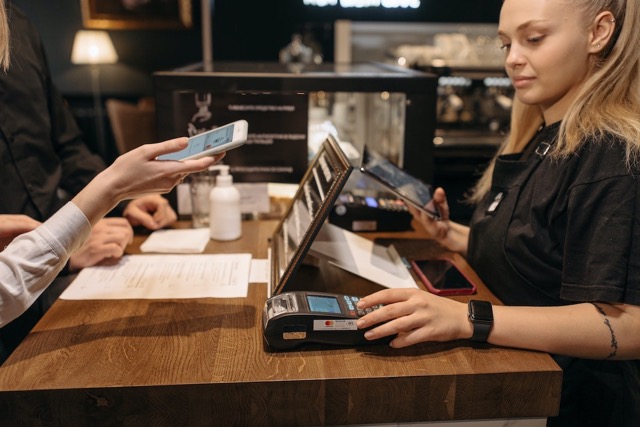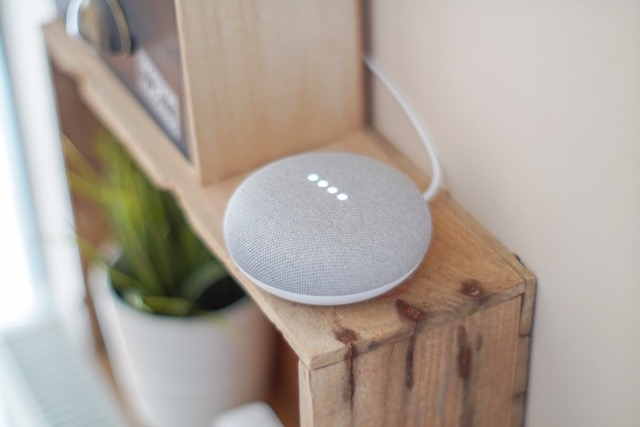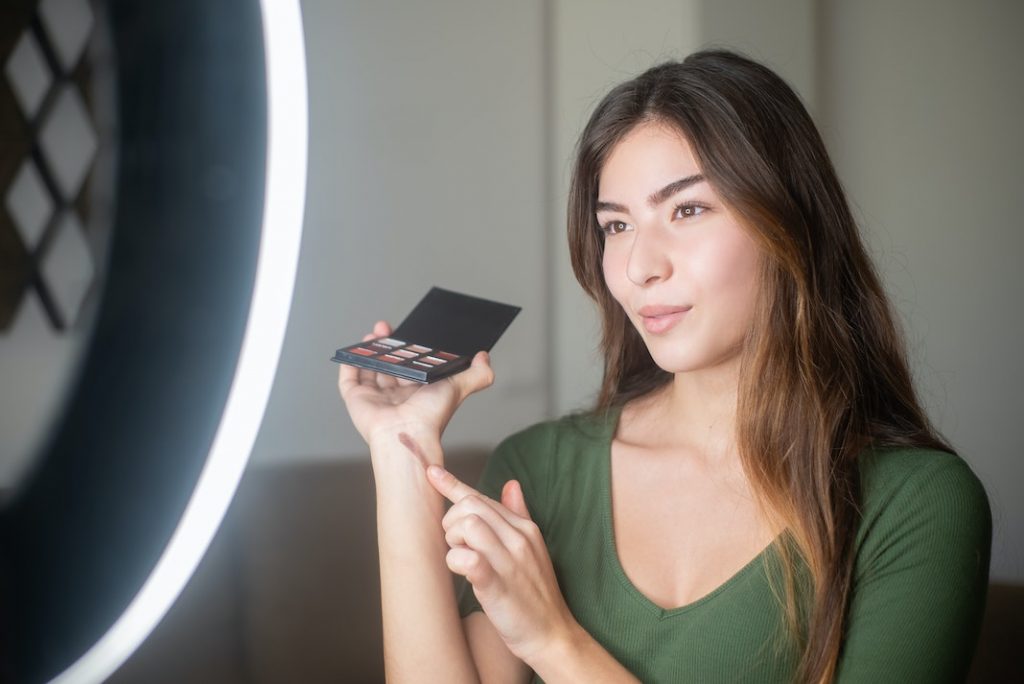Shopping Trends For 2022 have changed since the pandemic COVID-19 shook the medical community and rippled through the economy as a whole. Brick-and-mortar stores were forced to close as a result of the economic downturn. This necessitated businesses to boost their online game to keep their clients engaged and enticing even as the pandemic continued to grow. If they can keep up their adaptability rate, they may be able to survive the lockdown’s effects. Whatever the case, new retail trends are emerging due to technical and societal advancements.
Even if COVID is to blame for all of the present retail trends, we cannot say for sure. For example, the shift to internet shopping has been hastened, although this was already the case. COVID has significantly slowed the pace of change for retailers.
Customers’ needs are constantly evolving. It’s all about their purchasing, service, and delivery speed. Retailers, on the other hand, are putting money into technological solutions to address these needs.
The following are the most important retail trends to watch in the years to come, including 2022 and beyond:
1. Contactless Payments
Customers are already reaping the benefits of contactless payments, which will be widely available from 2020. According to Verizon Look Forward, contactless mobile payments (33%) and contactless credit cards (36%) were used or heard about for the first time by 30 percent of customers during COVID-19. As a result, retailers should expect an increase in contactless payments.

To limit the number of people who visit stores during peak holiday periods, retailers should offer more flexible payment options. For example, mobile payments and self-pay RFID cards are easy to authorize and receive.
2. The Business of Social Networking
When faced with the COVID-19 pandemic and store closures, it’s clear that internet shopping will only grow in the coming years. It has been reported that in the last 12 months, 34% of shoppers purchased an item online using their PC, 38% bought an article on their tablets, and 44% purchased an item on their smartphones.
According to additional data, we know that:
Since the first Pulse study, more than half of the global consumers we questioned have become more digital.
Smartphone purchasing is on the rise, with in-store purchases increasing by 2 % since the March 2021 Pulse survey and doubling in value since 2018.
More respondents now claim they shop online at least daily than when we initially performed the survey.
3. Autonomous devices that respond to spoken commands

There is a natural connection between AI and voice searches and personal assistants. The percentage of adults who possess smart speakers and smart homes is expected to reach 55.6% in the United States alone by 2020. (Voicebot.ai, 2020). Despite Amazon’s 75% market share, voice search-enabled personal assistants such as Alexa will become increasingly common in the future.
4. Influencer Marketing in a New Light
It used to be that influencer marketing was all about selfies, carefully-crafted captions, and heavily-edited product images. The way businesses and influencers work together will change dramatically in and after 2021. The raw, authentic aesthetic of influencer content has slowly evolved, and this shift will continue into retail industry trends in 2022.

People trust brands that use real people as spokespersons and can tell when an ad is unduly staged. Influencer relationships that don’t place a high value on authenticity risk losing their high levels of engagement and return on investment (ROI). It will rise as Shopping Trends For 2022.
5. Independent Brands (private labels)
Private-label product sales have tripled over brand-name product sales, says CBInsights. Shopping for personal-label products has become increasingly popular in the United States and Europe. For a product to be accepted by customers, it must be unknown and therefore less expensive. Additionally, buyers on a tight budget tend to favor private-label brands.
Private label products are no longer solely for the impoverished. More than 40 percent of groceries in the United Kingdom are sold under private labels, which are expected to account for 25 percent of the market share in the next decade, and 32 percent of Millennials in the United States prefer private labels to branded products.
6. Retail industry trends in the digital Metaverse
You can work, talk, play games, and engage more with the actual world in the Metaverse, a virtual environment. If you believe Metaverse is not a direct retail trend, you are probably behind the times. Through NFT, which enables users to own assets in the virtual world, fashion retailers start to develop virtual goods for the online market and make real profits. Retailers, including Nike, Ralph Lauren, and Balenciaga, have found success thanks to the Metaverse.

For instance, Nike and RTFKT collaborated to introduce virtual goods on the NFT platform, the sportswear company’s first step into the Metaverse. Its going famous Shopping Trends For 2022.
7. Customers’ safety is a top priority for brick-and-mortar retailers.
To keep their consumers secure and separated, brick-and-mortar retailers have discovered that they must remodel their spaces. Some of them will be undone after COVID is no longer around, but many will remain in place for the foreseeable future.

Brick-and-mortar stores are still popular with many customers who enjoy the in-store experience and want to test out things before purchasing them. They must, however, feel secure before going into a store.
8. Shoppers Love Chatbots, and Retailers Love Them, Too.
Experts in the retail business believe that fewer people will interact with humans in the next few years when shopping.

As a substitute, they will engage in “conversational commerce.”
Conversational commerce is most commonly practiced today through chatbots and smart speakers. According to data from the National Retail Federation, shoppers’ contacts with chatbots are increasing.
According to the group, customer engagement with chatbots has grown by 40% in the United States between 2018 and 2020. Sixty-four percent of customers would rather send a message than make a phone call to a firm.
9. Customers Look for Delivery Options That Are As Quick As Possible
After the pandemic, consumers’ expectations of post-purchase service have radically shifted. Ordering products online and picking them up in-store is as simple as “Buy Now, Pick Up in Store,” or “BOPIS.”
This convenience is a big draw for customers. More than 40 percent of worldwide buyers ranked fast and dependable delivery as the essential factor in online buying in a PwC survey conducted in June 2021.
10. Stores that are both online and offline
These digital native firms, like Bonobos and Glossier, originated online but have recently extended their physical presence over the last several years. It makes natural that most of the digital firms opening brick-and-mortar stores are in the garment industry, as this is a category where customers benefit from seeing and touching the goods.
Digitally native firms are expected to open 850 brick-and-mortar locations in the next four to five years, with New York City as the most popular. The COVID-19 pandemic has halted the establishment of new brick-and-mortar stores, but innovative offline experiences from previously online-only firms are still being seen.
11. The “At Home” Economy Is Growing
During the pandemic, there was a rise in the “at home” economy, which looks to persist even as restrictions are being eased. Consumption has shifted to home cooking, online purchasing, and utilizing digital products more frequently.

A year ago, fewer people were working from home, but many people have found that they prefer the absence of a commute and continue to work at least a couple of days a week from their homes. Its good Shopping Trends For 2022.
12. An Even Bigger Variety of AR-Powered Shopping Experiments
Augmented reality (AR), machine learning, and artificial intelligence (AI) are not going away soon in retail.

Regarding AR in retail, 2018 was a major year for Facebook and other key players in the industry. Still, it’s no longer a luxury item but a necessity for many online shops.
Retailers use augmented reality (AR) technology to connect the digital and physical worlds because of the pandemic’s high reliance on the internet shopping. According to IBM’s 2020 US Retail Index, the shift to digital shopping has been expedited by about five years due to COVID-19.
13. Continued Online Grocery Purchases by Consumers
Between 2020 and 2021, US grocery sales from physical stores jumped from $58.44 billion to $69.97 billion, according to a report by the National Retail Federation.
As a result, online grocery sales are expected to reach $95.82 billion in 2020, accounting for a whopping 11 percent of all supermarket purchases in the US.
14. Health and Self-Care are now more important than ever.

As a result of the epidemic, COVID-19 has also had an impact on the products that online buyers prefer to buy. The first wave of the pandemic saw a shift in consumer views toward personal health items. According to Accenture’s analysis of consumer buying habits, personal hygiene items are on the Rise in popularity even as discretionary spending declines.
15. Popularity of Livestreaming Is on the Rise
Over the next two years, live streaming has become increasingly popular. When buying online, homebound customers found live streaming to be a way to get involved. Celebrities and influencers hosted engaging shows on various topics aimed at marketing to consumers for hours at a time.
16. Ethical concerns influence Purchase Decisions.
Ernst & Young’s Future Consumer Index study polled thousands of customers in 20 countries about their views on environmental and social concerns.

US buyers are most concerned about environmental issues (17%) and social issues (17%), according to a survey conducted by the National Retail Federation (NRF).
More than seven out of ten consumers say they recycle packaging and products, and nearly two-thirds say they use reusable shopping bags at the store. Its famous Shopping Trends For 2022.
17. Multichannel advertising

Retailers who use omnichannel see a 91 percent higher year-over-year increase in customer retention than those who do not. Customers utilize an average of six touchpoints while making a purchase, and almost half consistently use more than four touchpoints, according to Business2Community. As a result, rather than concentrating on just one or two channels, you should spread your retail marketing trends among a number of them.
18. Retail Refunds and Returns trends.
Refunds and returns were typically a laborious but necessary component of reverse logistics’ business operations, and their fear of returns fully dissuaded people from making online purchases. However, in 2022’s retail trends, refunds will be a desirable differentiation. Returns have a direct impact on consumer preference.
According to eCommerce News, 78% of online buyers favor merchants who provide free returns. To increase profitability, businesses should invest in their physical location, streamlined procedures, refunds, and in-house return processing. For instance, Wayfair is improving its product display to reduce returns. Alternatively, you might provide store credit or a refund that exceeds your initial payment to promote further purchases.
19. A Boom in DTC (Direct to Customer) Specialty Items
According to IRI, DTC sales of CPG products will grow 2.5 times by 2022.
Platforms for manufacturing (Alibaba), shipping (Shipbob), and eCommerce sales have evolved simultaneously. They make manufacturing, selling, and shipping tangible goods as simple as possible.
Shopify reported a 109 percent growth in transactions on their platform compared to the previous year.
As a result, the long tail phenomenon that changed the publishing industry is now impacting the physical product area.
20. Consumers are more comfortable with online shopping.

A surge in internet sales has been a clear counterweight to brick-and-mortar retailers’ closing. According to Retail Customer Experience (RCX) research, 60 percent of consumers said they primarily shopped in person. The percentage has dropped to 37%. In addition, 42% of those polled expect to shop both in-store and online equally in the next year.
Final Thoughts
Hence, these are the famous Shopping Trends For August 2022. The pandemic has forced consumers worldwide to relocate outside urban areas, work solely from home, or work a hybrid of both. It influences all retail trends practically for 2022, provides merchants with new opportunities, and stimulates significant investment. To position a new business model, strategy, marketing, retail, and operations to succeed in a post-pandemic environment, 2022 will be the year of new investments and alliances.




































